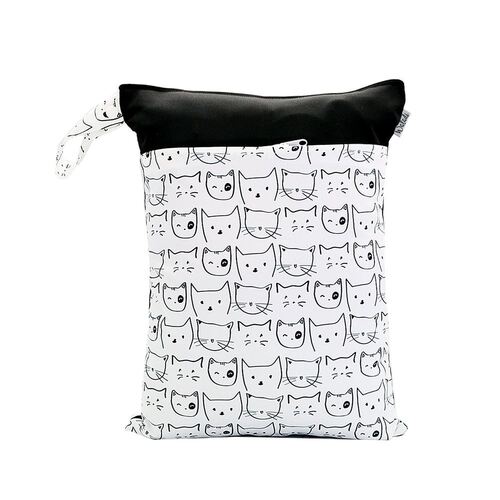The Truth Behind Disposable Nappies
Disposable diapers are first used as an occasional convenient replacement for cloth diapers, their popularity has exploded. Disposable diapers consist of an absorbent pad sandwiched between two layers of non-woven fabric.
The liner is specially designed to absorb and retain body fluids and the non-woven material gives the diaper a comfortable shape and helps prevent leakage. You can easily buy waterproof nappy from online sources.

These 800 million diapers are equivalent to tons of plastic per year and tons of wood. Each diaper has a waterproof polypropylene outer layer and an undercoat made of wood pulp plus highly soluble sodium polyacrylate, which can withstand 100 times its weight in water.
Some plastic diapers are advertised as biodegradable and claim to have fewer solid waste problems than regular diapers. Their waterproof coating contains a cornstarch derivative that decomposes in water and air to form water and carbon dioxide. Unfortunately, modern landfills are airtight and there is little, if any, degradation. Thus, biodegradable diapers are not significantly different from other single-use materials.
How to minimize the impact of plastic diapers?
Use these diapers only when the situation calls for it, e.g. B. when traveling or traveling, when you are so busy that you don't have enough time to change cloth diapers from time to time, or in situations where you can use disposables instead of cloth diapers.
Use cloth baby wipes and throw them in the sink with your diaper.
Buy diapers made from fabrics like hemp, bamboo, and organic cotton. It is not only environmentally friendly, but also has good benefits for your baby.

